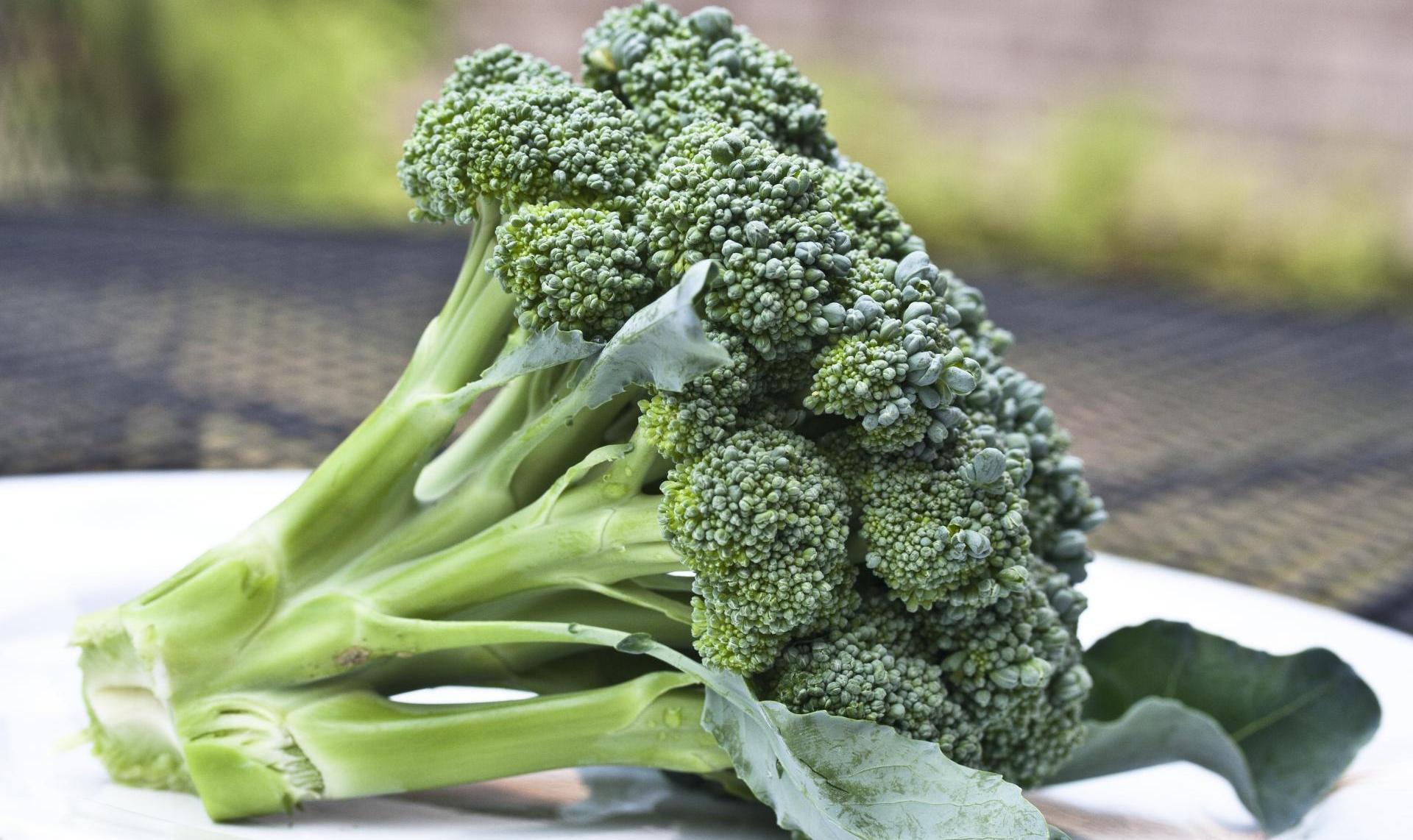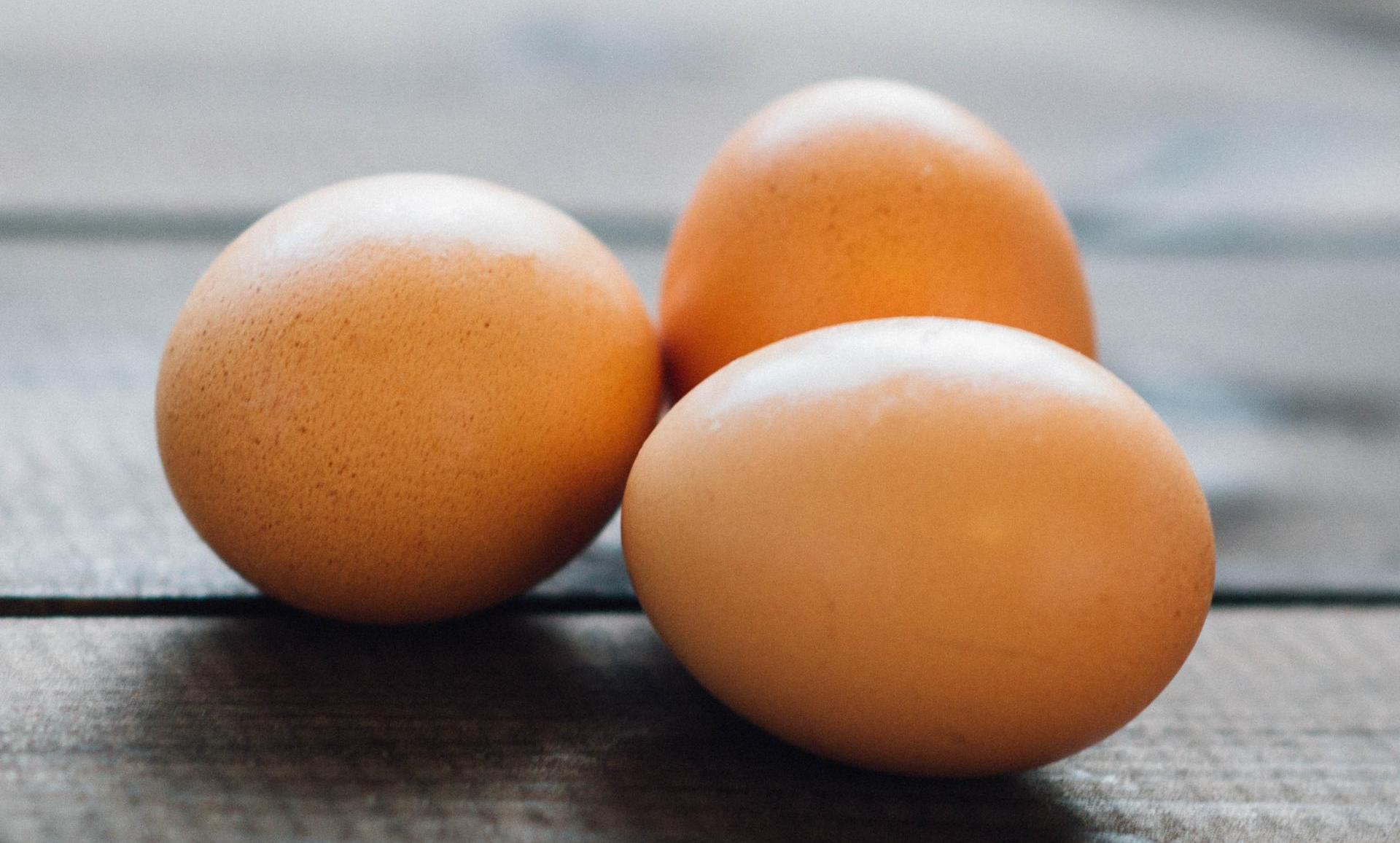This Is The ‘Mother Of All Antioxidants’ (And How To Score More Of It)

Pexels
Many of us reach for certain health foods because of their high antioxidant quantities. But did you know that the “mother of all antioxidants” is one that your body produces itself? Yep, it’s called glutathione and matters tremendously when it comes to pretty much every aspect of your well-being.
Glutathione exists throughout all human tissues and is produced by your body 24/7. It’s one of your best defenses against cellular damage caused by free radicals, harmful chemicals and inflammation. It also protects you from serious environmental toxins, allergens and infections. And when your body doesn’t produce enough of it to take care of your entire system on a daily basis, you run a higher risk of facing health issues like cancer, chronic fatigue, diabetes, heart disease, infertility, premature aging and more.
To create glutathione, your body needs solid amounts of three different amino acids: cysteine, glutamine and glycine. We could go on for days explaining their functions, but all you really need to focus on here is cysteine. This sulfur-containing amino acid is responsible for finding harmful molecules and transforming them into harmless compounds, thus preventing undue damage to your cells.
The thing is that our wonderfully toxic world often overloads our natural ability to produce glutathione, meaning that the normal amount that our body stores is often not enough for the long haul. In these times, we end up vulnerable to those negative health problems mentioned earlier. Luckily, there are simple lifestyle choices you can make that naturally keep your glutathione production going strong, fending off all that icky stuff without breaking a sweat.

Flickr
Eat sulfur-rich foods.
Just like how sulfur-containing cysteine boosts your glutathione production, sulfur-rich foods keep those stores stocked for when you need them. Eat plenty of garlic, onions and cruciferous vegetables like broccoli, kale, collard greens, cabbage, cauliflower and watercress.
Try a B-Complex supplement.
Folate (AKA vitamin B9) and vitamins B6 and B12 play a critical role in both producing and recycling glutathione in your body, which are two of the most important biochemical functions your system needs to perform each day. A quality supplement will do the trick, but if you prefer to snag these vitamins from your food, eat things like spinach, black-eyed peas, fish and eggs on a regular basis.
Focus on high-quality proteins.
Protein is what breaks apart into chains of amino acids in your body during the digestion process, so considering that your body uses three amino acids to create glutathione, you shouldn’t be skimping on this macronutrient. Lean meats like chicken and turkey, seafood, eggs, beans and legumes, and nuts and seeds are all helpful when it comes to giving your body enough of the right fuel to build this antioxidant.

Pexels
Snag some selenium.
Selenium is another vital nutrient that helps your body both produce and recycle glutathione, and it’s fairly easy to get in your daily diet. Foods like eggs, sunflower seeds, turkey, chicken, brown rice and mushrooms are quality sources of selenium that won’t break your supermarket budget.
Get moving.
That’s right, exercise boasts yet another big health benefit: upping your body’s glutathione’s levels. So maintaining a consistent fitness routine doesn’t just help your mood and trim your waistline — it keeps your insides as strong and protected as they can be.
RELATED
6 Reasons You Should Add Holy Basil To Your Wellness Routine
New To The World Of Adaptogens? Here’s What You Need To Know
9 Foods That Can Make You Feel Like Your Best Self











